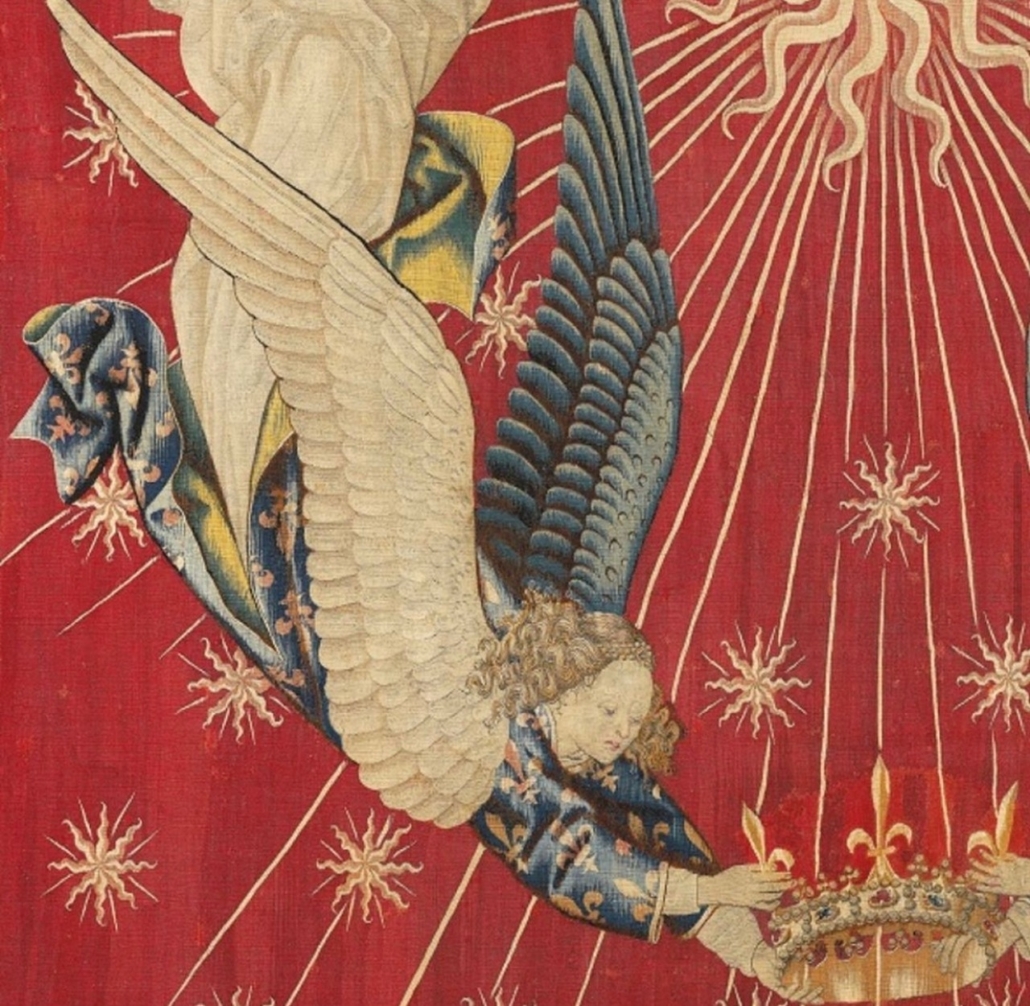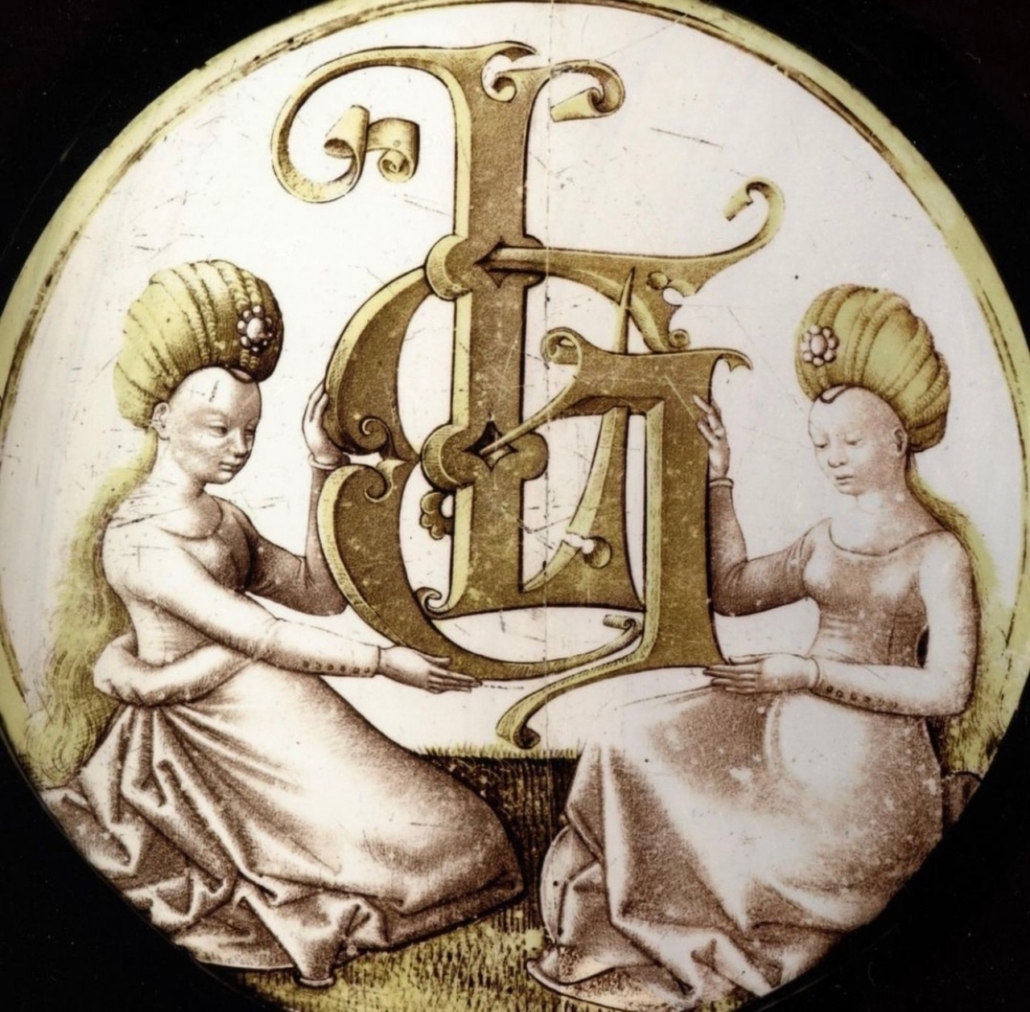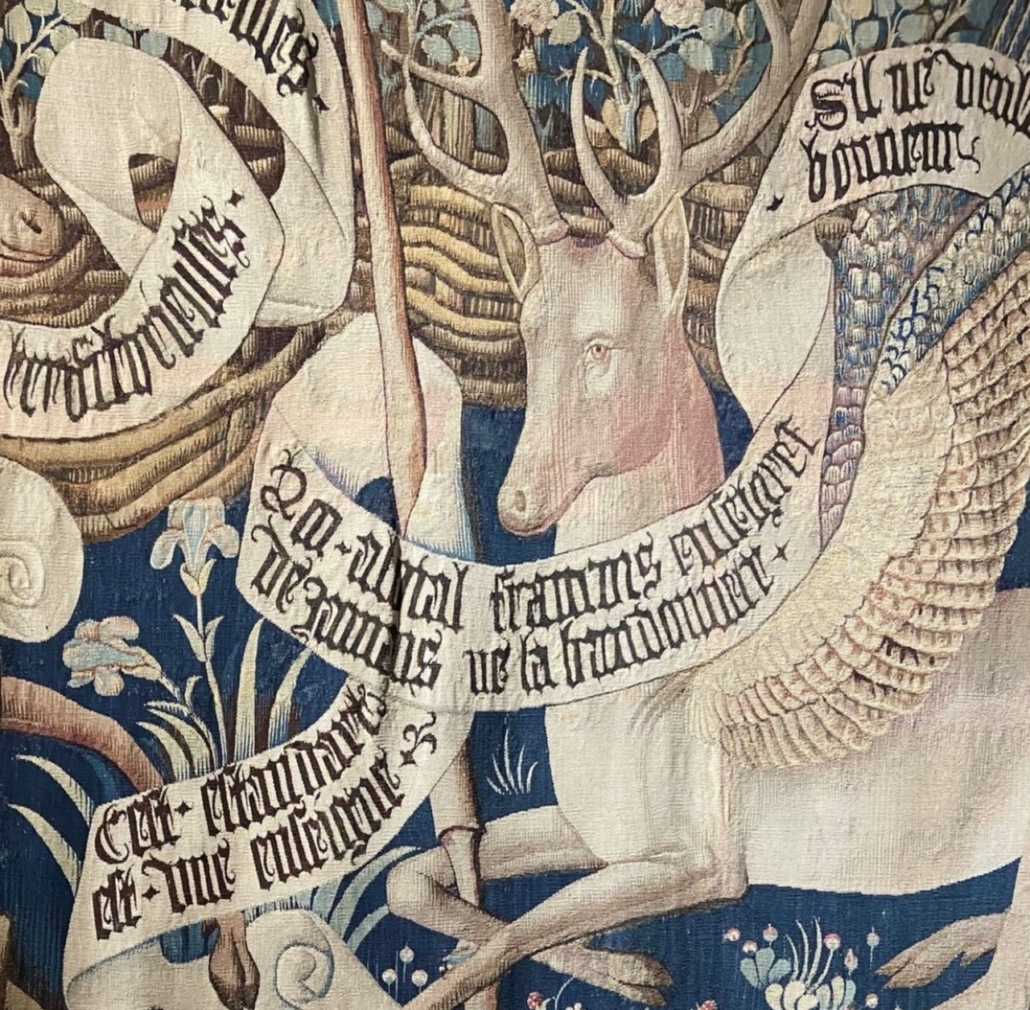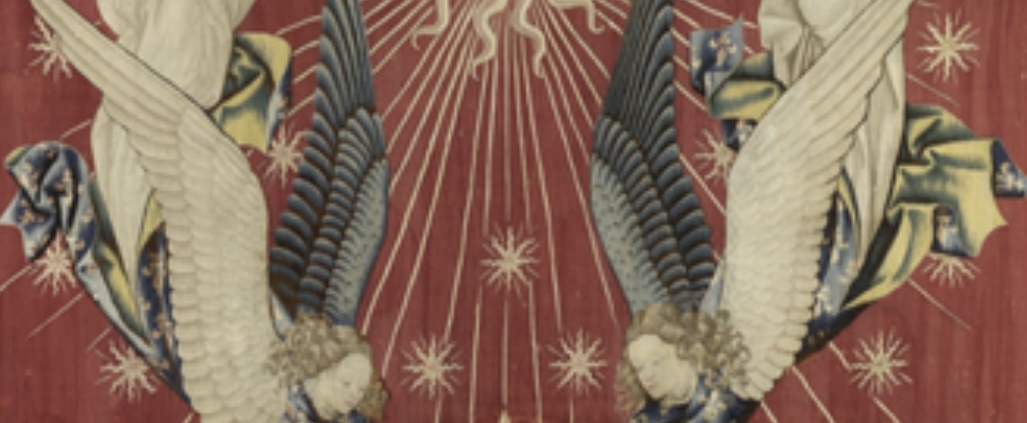The arts in France under Charles VII

The Cluny museum highlights a pivotal moment in history and art history, that of the reign of Charles VII (1422-1461). Driven out of Paris, taking refuge in Bourges, the dauphin Charles succeeded in reconquering his throne, then his kingdom occupied by the English.

From the 1420s, during the Hundred Years’ War, the Kingdom of France experienced profound political and artistic changes. In the north of the kingdom, occupied by the English and the Burgundians, multiple artistic centers emerged. When the dauphin Charles manages to reconquer his throne, thanks in particular to Joan of Arc, and then his kingdom, the conditions for a renewal are met. Major sponsors, like Jacques Cœur, are calling on a new generation of artists. The latter converted to Flemish realism, described as ars nova, in full swing notably with Jan van Eyck, while through Italian influence, they imbued themselves with the ancient heritage developed by artists like Filippo Brunelleschi,

Donatello or Giovanni Bellini. Artistic creation gradually broke with international Gothic and turned towards a new vision of reality, the beginnings of the Renaissance. After a first part of historical contextualization, the exhibition shows the diversity of the arts in the main geographical centers, often associated with great figures of
sponsors. In a third and final section, the route allows an analysis of the specificities of this art in France, between Burgundian and Flemish ars nova, and Italian innovations. An essential chapter is devoted to Provence and the role of René d’Anjou, sponsor and introducer of northern art, evoking, among others, the figure of the artist Barthélemy d’Eyck.
Throughout the visit, the exhibition demonstrates the diversity of artistic production during the reign of Charles VII. It brings together prestigious illuminated manuscripts, paintings, sculptures, pieces of goldwork, stained glass and tapestries. Exceptional works appear there, such as the canopy of Charles VII (Louvre Museum), the manuscript of the Grandes Heures de Rohan (Bibliothèque nationale de France) or the painting of the Annunciation of Aix (Aix-en-Provence) by Barthélémy d’Eyck, painter
of Duke René of Anjou who illuminates his Book of Tournaments (National Library of France). For the first time, the Parisian triptych of the Passion and Resurrection of Christ by André d’Ypres is reconstructed in its entirety (Louvre Museum, Getty Museum, Fabre Museum). Finally, an entire section is devoted to Jean Fouquet, one of the greatest French painters of the 15th century. A brilliant illuminator, he is the author of the famous portrait painted on wood of Charles VII (Musée du
Louvre), presented prominently in the exhibition.


